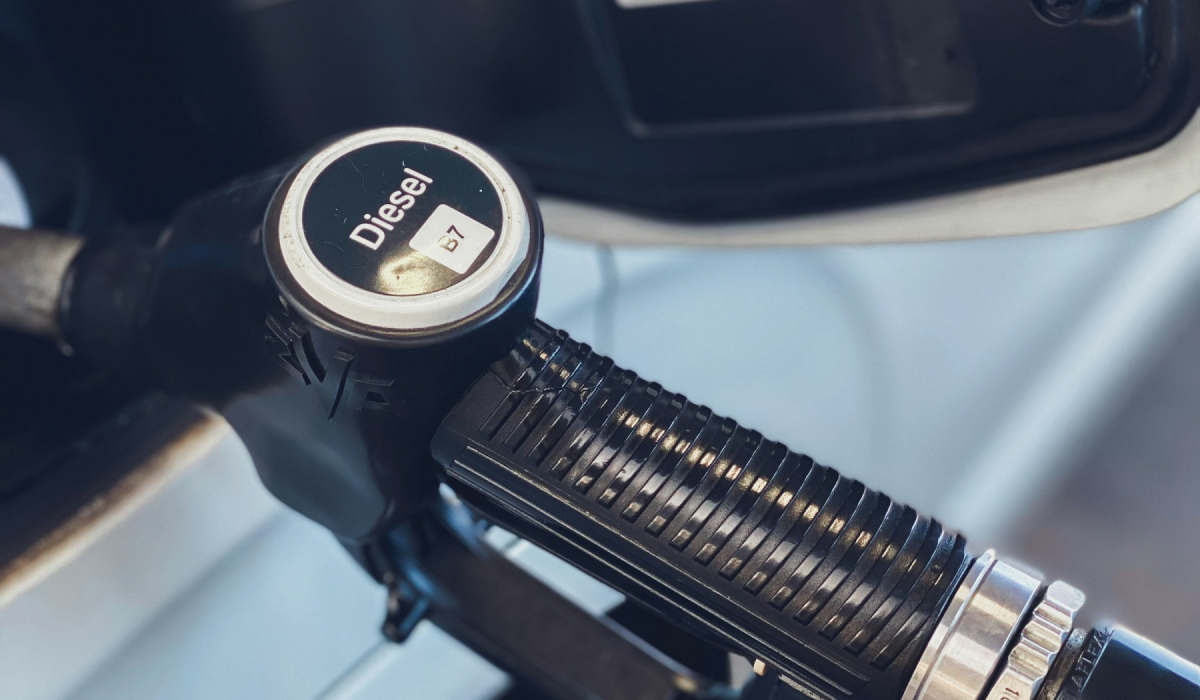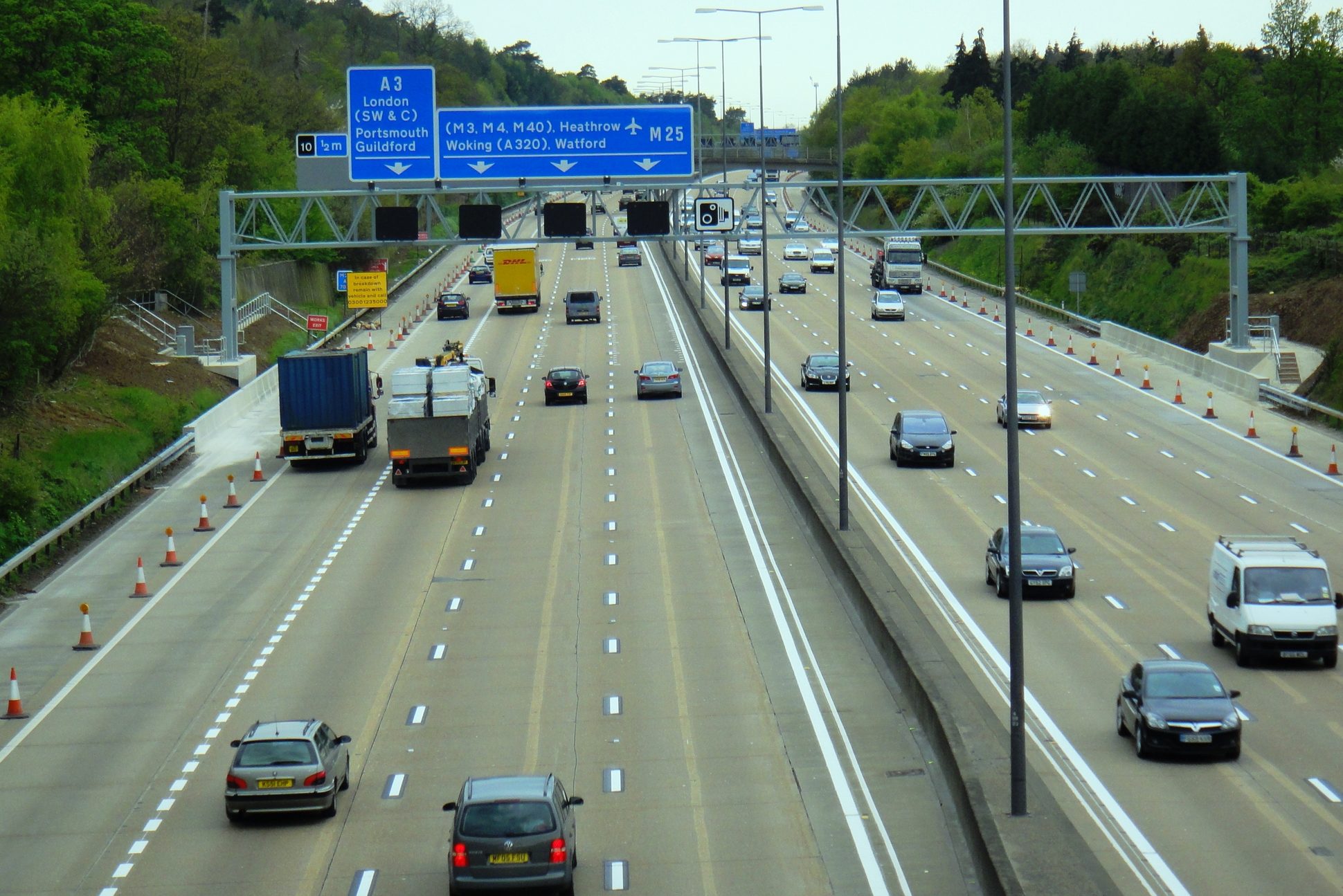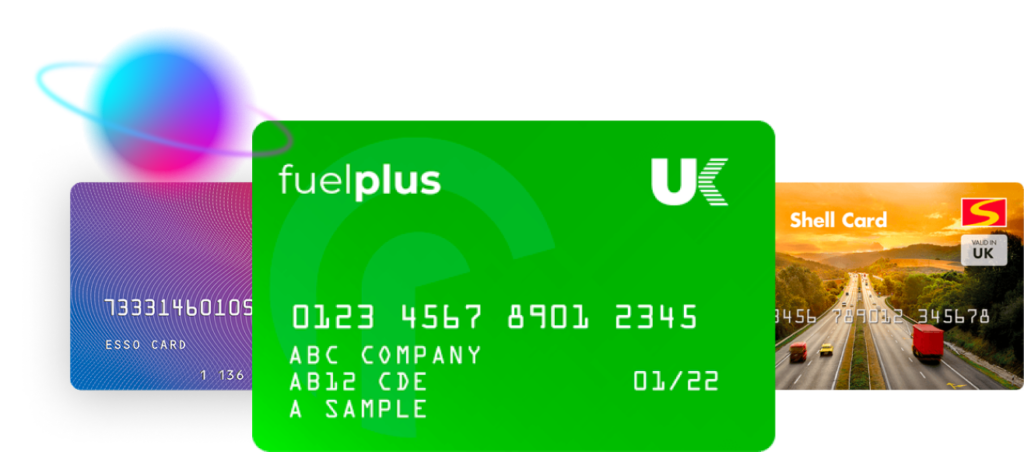If you’re running a small or medium-sized business with company vehicles, you’re probably paying far more for fuel than you realise. The average UK SME overpays by 12p per litre simply because most business owners don’t understand what makes up that pump price, or how fuel cards can slash these costs.
In today’s tough economic climate, understanding exactly what you’re paying for fuel isn’t just useful information – it could save your business thousands of pounds every year.
What’s Really Inside That £1.40 Per Litre?
When you see diesel priced at £1.40 per litre at the forecourt, most business owners just see one cost. But that price is actually made up of several different components, and understanding this breakdown is the key to reducing your fuel bills.
Here’s where every penny of your £1.40 actually goes. The base fuel cost – the actual diesel you’re putting in your tank – is just £0.57, representing 41% of what you pay. Fuel duty, the government’s fixed tax, takes another £0.58 or 41% of the total. VAT adds £0.23 (17%), and the petrol station’s margin is a tiny £0.02.
The shocking reality? Over 58% of what you pay goes straight to the government in taxes and duty. Only 41% actually pays for the fuel itself.
This is why fuel pricing feels so disconnected from oil price movements – the majority of what you pay is fixed government taxation, not the fluctuating commodity cost.
How Smart SME Owners Are Cutting These Costs
Forward-thinking business owners have stopped accepting pump pricing as inevitable. They’re using commercial fuel cards to access wholesale pricing structures, and the savings are substantial.
Take Sarah, who runs a construction company with three vans. She was spending £840 monthly on fuel at pump prices. After switching to a fuel card, her monthly bill dropped to £756 – saving her over £1,000 annually. “I had no idea we were overpaying by hundreds each month until I saw the fuel card breakdown,” she told us.
Mike’s courier service with six vehicles was even more dramatic. His monthly fuel bill went from £1,680 to £1,512, saving his business over £2,000 per year. But the real game-changer wasn’t just the direct savings – it was the time he got back from not having to process dozens of fuel receipts every month.
The reason fuel cards can offer these savings lies in how they work within the commercial supply chain. Instead of paying refinery cost plus distributor margin plus retailer margin plus location premium, you’re essentially paying refinery cost plus a small card provider margin. Fuel card providers negotiate volume-based wholesale contracts directly with major suppliers, securing pricing that individual forecourts simply can’t match.
The Hidden Costs That Are Killing Your Margins
Beyond the obvious per-litre cost, pump-based fuel purchasing creates multiple hidden expenses that most SME owners never properly calculate.
The administrative burden alone is costing you money. Every time an employee fills up and brings back a receipt, someone has to process it. That means manual entry into accounting systems, VAT extraction, filing, and monthly reconciliation. For a business with five vehicles, this typically takes 6-8 hours monthly – equivalent to £90-120 in admin costs. Over a year, that’s over £1,000 in hidden costs just for paperwork.
Then there’s the VAT cash flow impact. With pump purchases, you’re typically reclaiming VAT quarterly, which means if you spend £1,000 monthly on fuel, you’ve got £167 in VAT tied up for months at a time. That’s £500 quarterly in working capital that could be better used elsewhere in your business.
Price volatility makes budgeting nearly impossible. Pump prices can swing 5-8p per litre weekly, making it impossible to accurately forecast your transport costs. For a business using 3,000 litres monthly, this volatility can mean budget variances of £240 or more.
Fuel cards solve all of these problems. You get automated HMRC-compliant invoicing that takes minutes instead of hours to process. VAT is clearly separated and immediately reclaimable. Weekly fixed pricing means you know exactly what you’ll pay, making budgeting straightforward for the first time.

Start saving now by applying for a FuelQ card in minutes.
The Technology That’s Changing Everything
Modern fuel card systems aren’t just about cheaper fuel – they’re about giving you complete control and transparency over one of your biggest business expenses.
Through online portals and smartphone apps, you can see exactly what’s being spent, where, and when. Real-time notifications mean you know immediately when a card is used. You can set spending limits, restrict purchases to fuel only, and even control which days and times cards can be used.
This level of control eliminates the fraud and misuse that quietly drains budgets. One of our customers discovered an employee was filling up their personal car on the company account – something that went unnoticed for months with traditional payment methods. With fuel cards, unusual purchases are flagged immediately.
The reporting capabilities transform how you think about fuel costs. Instead of just seeing a monthly total, you can track fuel efficiency by vehicle, identify which drivers might need eco-driving training, and spot routes that could be optimized. Some businesses have reduced their fuel consumption by 15% just by understanding their usage patterns better.
What This Means for Your Bottom Line
For most SMEs spending £1,000 or more monthly on fuel, switching to a fuel card typically pays for itself within the first month. The combination of direct savings, reduced admin costs, improved cash flow, and fraud prevention usually delivers total annual value of 15-20% beyond your current fuel spend.
Consider a typical local business with eight vehicles using 2,500 litres monthly. At current pump prices, they’re spending £3,500 monthly or £42,000 annually. A fuel card could reduce this to around £3,150 monthly – saving £4,200 per year in direct costs alone. Add in the admin time savings, improved cash flow, and fraud prevention, and the total value often exceeds £6,000 annually.
The transition couldn’t be simpler. Most applications take under five minutes online, with approval within a week. Cards arrive by post, and you start saving immediately. There are no setup fees, no monthly charges, and no long-term contracts with reputable providers.

Optimise driving routes
Knowing the best routes for drivers to take is one of the most effective ways of managing your fleet whilst also improving efficiency.
By planning the most direct or least congested route, you can reduce fuel consumption, minimise wear and tear on the vehicle, and improve time management. Regardless of what job your drivers are doing, being stuck in traffic is not a productive use of their time.
Therefore by optimising routes and better planning journeys, drivers can complete more jobs in a day and reduce delays, leading to better customer satisfaction overall.
There are lots of tools you can use for this such as:
- Google Maps
- Waze
- Verizon Connect
- Route4Me
These tools allow drivers to see traffic in real time as well as any road closures so they can choose the best route for that journey. It’s a proactive approach to multi-fleet management allowing drivers to avoid delays before it’s too late.
Manage your fuel costs
It can feel difficult staying on top of your fuel costs if you’ve got a fleet of vehicles. After all, you’ll have numerous drivers using different vehicles and filling up at different stations. This can be challenging to control as drivers will either have to pay out of their own pocket or keep track of receipts for reimbursement.
This is where using a business fuel card comes into play as drivers across your fleet can use it the same way they would a debit or credit card. They simply fill up at the pump then use the card to pay for the fuel which is then linked to a central dashboard.
From here you have complete visibility over how much is being spent, the vehicle being used, and where. This allows you to control your budgets better and also to spot any fraudulent or suspicious activity.
Aside from streamlining operations, fuel cards also lead to greater savings. Typically, diesel users typically save up to 10% against average pump prices and unleaded is usually fixed at 3p at the pump.
Use digital tools and software
Managing a multi-vehicle fleet manually can quickly become overwhelming, but with the right digital tools, it’s far easier to stay in control.
Fleet management software gives you a centralised dashboard to monitor vehicle locations and schedule maintenance. Telematics systems can provide insights into driver behaviour, helping you improve safety, reduce wear and tear, and encourage better driving habits. Route planning tools (as discussed above) also play a key role, allowing you to optimise journeys and minimise time spent in traffic.
Furthermore, integrating systems like FuelQ business fuel cards can give you detailed oversight of fuel usage across your entire fleet.
You’ll be able to see how much each vehicle is spending, where it’s being filled up, and easily track this against performance data. By having this level of visibility, you can make more accurate budgeting decisions that help prevent fuel misuse and control over operating costs.
Educate and train your staff
Your drivers play a vital role in multi-fleet management as they’re the ones behind the wheel, after all. That’s why you need to engage them in the importance of driving economically and saving fuel where possible.
This includes things such as:
- Driving smoothly, avoiding harsh acceleration and braking
- Keeping to sensible speeds and avoid driving faster than necessary
- Switching off the engine when idling
- Using engine braking when slowing down or going downhill, rather than continuing to accelerate
- Skipping gears where appropriate to maintain efficiency
Consider running workshops or talks focused on eco-friendly driving techniques as these can lead to improvements in fuel efficiency. It’s also worth educating drivers on the importance of vehicle maintenance, so that services and MOTs aren’t missed.
As we’ve mentioned earlier in this blog, keeping your fleet in good condition is key to avoid unnecessary downtime and delays. This also links back to the value of embracing digital tools, which can send automatic reminders when vehicle checks are due, helping ensure nothing slips through the cracks.
Consider the structure of your fleet
Optimising your fleet structure not only helps you reduce costs, it also means you’re not compromising performance.
Start by assessing whether every vehicle in the fleet is still fit for purpose i.e. are certain vehicles too large for their current load requirements, or are some barely being used at all?
By identifying any underused vehicles, you can streamline operations and reduce idle assets. Also consider downsizing where appropriate and switching to more cost-effective alternatives such as smaller vehicles, or even vehicle-sharing schemes.
Reviewing your fleet structure ensures that the fleet evolves alongside changing business needs, rather than relying on legacy choices.
Why Now Is The Time To Act
Every month you delay switching represents hundreds of pounds in unnecessary costs. Every day of continued pump pricing is money that could be invested in growing your business instead of padding government coffers and retailer margins.
The fuel card industry has matured significantly in recent years. What once required complex credit checks and lengthy application processes is now as simple as opening a business bank account. The technology has evolved to provide transparency and control that makes traditional fuel purchasing look primitive by comparison.
Most importantly, your competitors are already making this switch. SMEs using fuel cards gain genuine cost advantages that compound over time. Lower operational costs enable more competitive pricing, better margins, and increased investment capacity for growth.
Getting Started
Understanding your potential savings starts with a simple calculation. Take your monthly fuel spend and multiply by 0.08 for a conservative estimate of direct savings. Then add your admin time costs, cash flow improvements, and fraud prevention value. For most SMEs, the total annual benefit exceeds £3,000.
FuelQ’s comparison service takes the guesswork out of choosing the right card. Their 2-minute assessment shows you exactly how much your business could save and which cards best suit your needs. With access to multiple providers and complete pricing transparency, you can make an informed decision based on your specific requirements.
The mathematics are straightforward, the technology is proven, and the savings are immediate. The only question is whether you’ll continue overpaying or join the thousands of SME owners who’ve discovered transparent, cost-effective fuel management.
Stop paying more than you need to. Start saving with complete transparency.
Ready to see exactly how much your business could save? Get your personalised fuel card comparison here – it takes less time than filling up your tank.

